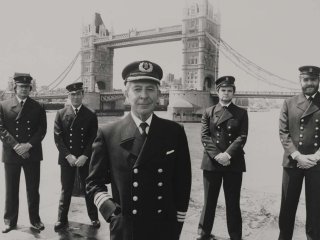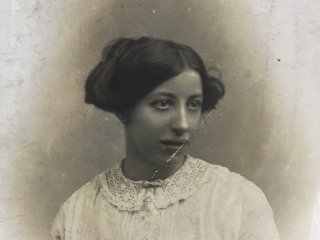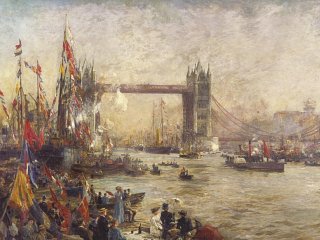Voices of Tower Bridge: Peter Thurkle
In this episode exploring the oral history of Tower Bridge, David Laird speaks to Peter Thurkle, who joined Tower Bridge in 1979 doing all types of jobs, from Bridge Lifts to security work, and retired in August 2015.


